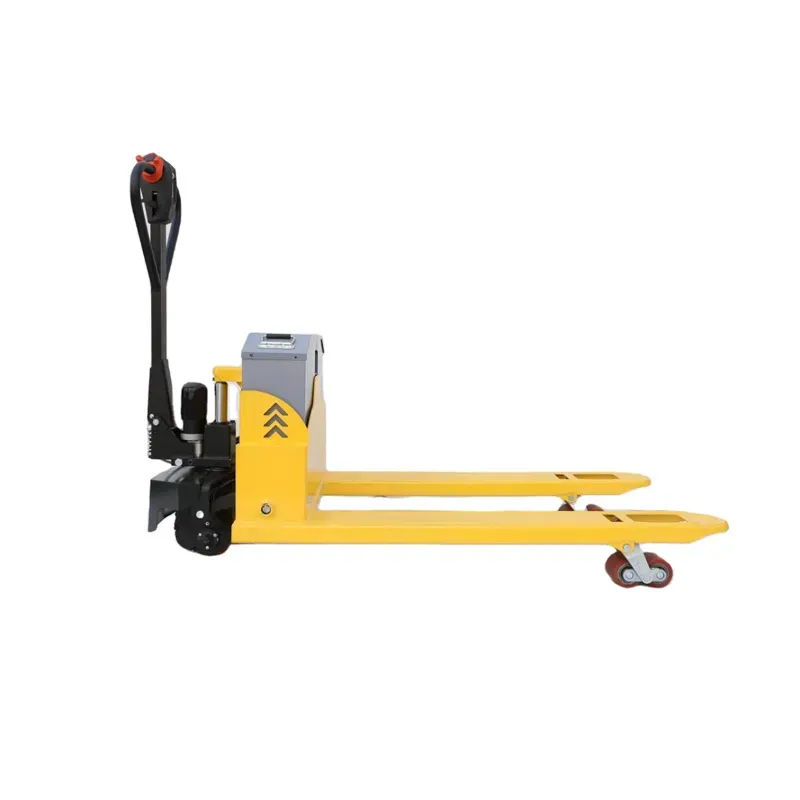


Fall Protection Design Essential Strategies for Workplace Safety
Fall protection is a critical component of workplace safety, particularly in industries such as construction, maintenance, and manufacturing, where workers are often exposed to heights. The implementation of effective fall protection strategies not only ensures compliance with regulatory standards but also significantly reduces the risk of accidents and injuries.
At the heart of fall protection design is the understanding of potential fall hazards. This involves a thorough assessment of the work environment, including the identification of elevated surfaces, unguarded edges, and potential slip or trip hazards. A complete hazard analysis helps in determining the appropriate fall protection systems required for specific tasks. This may include guardrails, safety nets, personal fall arrest systems (PFAS), and administrative controls.
Guardrails are one of the most effective forms of fall protection, as they provide a physical barrier between workers and the edge of a surface. Their design should adhere to regulatory standards, ensuring they are constructed with the appropriate height and strength. Guardrails not only prevent falls but can also serve as a support system for workers during their tasks at height.
Safety nets are another viable option, particularly in situations where guardrails cannot be used. They are designed to catch falling workers and debris, minimizing the risk of injury by absorbing the impact. However, the installation of safety nets requires careful consideration of their positioning and the potential for swing falls, where a worker may swing into another object if they fall.

Personal Fall Arrest Systems (PFAS) are essential for situations where fall hazards cannot be eliminated. This system typically includes a harness, lanyard, and anchorage point. It is crucial for workers to be trained in the proper use of PFAS, including how to perform pre-use inspections and understand the limitations of their equipment. Regular maintenance and prompt replacement of worn or damaged equipment are necessary to ensure optimal functionality.
Administrative controls play a pivotal role in fall protection design. These include developing safe work practices, conducting regular safety training sessions, and maintaining an effective monitoring system. A culture of safety within the organization promotes adherence to fall protection protocols and encourages workers to actively participate in safety practices.
Additionally, the use of technology in fall protection design is on the rise. Innovations such as wearable fall detection systems and drones for inspecting elevated work sites are transforming how fall risks are assessed and managed. These technological advancements not only enhance safety but also improve efficiency in identifying potential hazards.
In conclusion, effective fall protection design is a multifaceted approach that combines hazard assessment, the implementation of appropriate protective measures, and continuous training and monitoring. By investing in robust fall protection strategies, employers can safeguard their workers and create a safer workplace environment. The commitment to fall protection is not only a regulatory requirement but also a moral obligation to ensure that every worker returns home safely at the end of each day.



